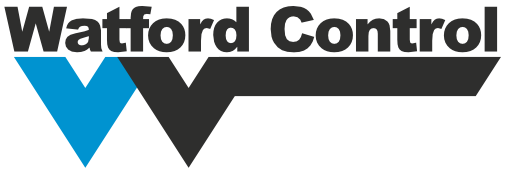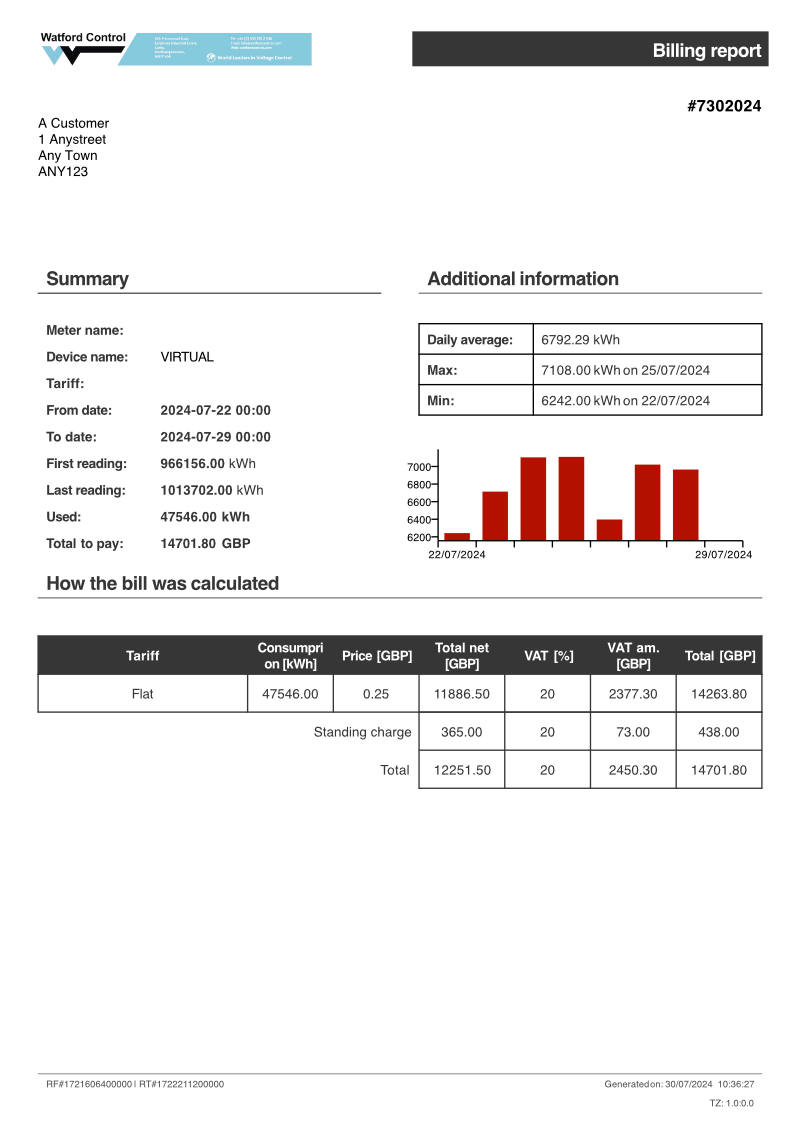Voltage Optimization System
A voltage optimization system is a brilliant technology that saves you energy by regulating the power supply that you receive from the National Grid. By reducing the voltage supplied to the voltage that you actually need you can cut the amount of electricity that you need to use. This has the knock on effect of also reducing your carbon emissions. This incredible tech can be installed in both your work and home to manage all your electrical devices and all you need is to contact us and ask about our Voltage Optimizers.
How does it work?
The voltage optimizer adjusts the supply voltage that you are receiving to the level of power that you actually require. In the UK most electrical devices are rated for a 220V supply however the official power supply from the National Grid is 230v and when you look closely the actual voltage supplied fluctuates to over 240v. This means that, unchecked, you are getting much more power than you can actually use and that excess is simply wasted. You are sending more electricity to your devices than they need to work and this in turn results in greater wear and tear and added expense as you have to pay for that energy even though you don't need it.
A voltage optimizer can reduce the voltage that you receive from the National Grid to your home of business so you only pay for what you actually need.
We install a voltage optimizer in line with your electricity supply from the grid and it is set to take only the required amount of electricity from the supply that is being given and return any excess power back to the grid. By simply returning the power to the grid and not using it on site it means that you will not be charged for it's usage. Potentially saving you thousands of pounds over the year depending on your average usage.
Voltage optimization systems, also known as voltage optimizers or voltage management systems, are electrical devices designed to regulate and optimize the voltage supplied to electrical equipment and appliances in a building or facility. These systems are primarily used to improve energy efficiency, reduce energy consumption, extend the lifespan of electrical equipment, and lower electricity bills.
Voltage Fluctuations:
In many electrical grids, voltage levels can fluctuate due to various reasons, including variations in power demand, voltage drops in distribution networks, and other factors. The voltage supplied to a building is often higher than what is required by most electrical appliances and equipment. This excess voltage can lead to increased energy consumption, heat generation, and wear and tear on electrical devices.
Purpose:
Voltage optimization systems are designed to address this issue by regulating and optimizing the voltage supplied to a more stable and optimal level. They can lower the voltage to the most efficient level while still ensuring that equipment operates within acceptable tolerances.
Types of Voltage Optimization Systems:
Fixed Voltage Optimization:
These systems maintain a constant and reduced voltage level, typically around 220-230 volts, regardless of input voltage fluctuations. This approach is suitable for locations where voltage variations are significant and consistent.
Dynamic Voltage Optimization:
Dynamic systems continuously monitor the incoming voltage and adjust the output voltage in real-time to ensure it remains within a predefined optimal range. This approach is more flexible and adapts to varying voltage conditions.
Benefits:
Energy Efficiency:
By reducing the voltage supplied to electrical equipment, voltage optimizers can lead to lower energy consumption and, consequently, reduced electricity bills.
Equipment Lifespan:
Operating electrical equipment at the optimal voltage level can extend its lifespan by reducing wear and tear and minimizing stress on components.
Carbon Emissions Reduction:
Lower energy consumption means a reduced carbon footprint, contributing to environmental sustainability.
Improved Power Quality:
Voltage optimization systems can also help improve the quality of power supplied to a building, reducing issues like voltage sags, surges, and harmonics.
Applications:
Voltage optimization systems are used in various settings, including residential, commercial, and industrial facilities. They are particularly beneficial for businesses with sensitive electronic equipment, such as data centers, hospitals, and manufacturing plants.
Installation:
Voltage optimizers are typically installed at the main electrical distribution panel of a building. They can be retrofit into existing electrical systems or integrated into new construction.
Cost Considerations:
The cost of installing a voltage optimization system can vary depending on the size of the installation, the type of system chosen, and the specific energy-saving goals. However, the energy savings achieved often justify the initial investment over time.
Voltage Optimization Systems Helping the Planet
Voltage optimization systems can contribute to energy efficiency and reduced carbon emissions, aligning with the goals of the Paris Agreement. The Paris Agreement, adopted in December 2015 at the 21st Conference of the Parties (COP21) of the United Nations Framework Convention on Climate Change (UNFCCC), is a landmark international accord aimed at addressing climate change and limiting global warming to well below 2 degrees Celsius above pre-industrial levels, with an aspirational goal of limiting it to 1.5 degrees Celsius.
One of the key elements of the Paris Agreement is the commitment by participating countries to reduce their greenhouse gas emissions. While the agreement primarily focuses on policies related to reducing emissions from sectors like energy, transportation, and industry, improving energy efficiency through measures such as voltage optimization systems can be an essential component of a country's strategy to meet its emissions reduction targets.
By reducing energy consumption and, in turn, reducing the burning of fossil fuels for electricity generation, voltage optimization systems contribute to a decrease in greenhouse gas emissions. This aligns with the broader objectives of the Paris Agreement to transition to a more sustainable and low-carbon energy system.
In this context, voltage optimization systems can be seen as a practical and scalable solution for energy efficiency and emissions reduction at the building and facility level. While the Paris Agreement itself does not specifically mention voltage optimization systems, its overarching goal of mitigating climate change underscores the importance of energy-efficient technologies and practices, like voltage optimization, in achieving these climate objectives.
To learn more about the Paris Agreement and its specific provisions, you can refer to the official United Nations website or relevant government and environmental agency resources.
Voltage optimization systems offer various savings and benefits to individuals, businesses, and organizations. These savings and benefits primarily result from improved energy efficiency and reduced energy consumption. Here's a closer look at the key savings and benefits of voltage optimization:
Energy Cost Reduction:
One of the most significant benefits of voltage optimization is the reduction in energy consumption, leading to lower electricity bills. By optimizing voltage levels, these systems ensure that electrical equipment operates at their most energy-efficient voltage range. This can result in substantial cost savings over time, especially for businesses with high electricity usage.
Improved Equipment Lifespan:
Operating electrical equipment and appliances at higher-than-necessary voltages can lead to increased wear and tear, reducing their lifespan. Voltage optimization systems reduce stress on electrical components, leading to longer equipment lifespans and reduced maintenance and replacement costs.
Carbon Emissions Reduction:
Reduced energy consumption directly translates to a lower carbon footprint. By using less electricity, businesses and individuals can contribute to environmental sustainability and reduce their greenhouse gas emissions, aligning with climate change mitigation efforts.
Improved Power Quality:
Voltage optimization systems can enhance the quality of electricity supplied to a building or facility. They help mitigate voltage sags, surges, and fluctuations, which can cause electrical equipment to malfunction or fail prematurely. This, in turn, reduces downtime and repair costs.
Compliance with Energy Efficiency Regulations:
In some regions, energy efficiency regulations and standards require businesses to implement energy-saving measures, including voltage optimization. Compliance with these regulations can help avoid penalties and demonstrate a commitment to sustainability.
Load Reduction:
Voltage optimization can reduce the overall electrical load on a building or facility. This is particularly beneficial in areas where there are capacity constraints or high-demand charges. Lowering peak demand can lead to cost savings on electricity bills.
Quick Return on Investment (ROI):
While there is an initial cost associated with installing voltage optimization systems, the energy savings generated can often result in a relatively quick ROI. Businesses can recover their investment through reduced energy bills within a few years.
Enhanced Sustainability and Corporate Social Responsibility (CSR):
Using voltage optimization systems demonstrates a commitment to energy efficiency and sustainability, which can enhance a company's reputation and align with corporate social responsibility goals. It can be a valuable selling point for environmentally conscious customers and partners.
Reduced Voltage-Related Equipment Failures:
By maintaining stable and optimized voltage levels, voltage optimization systems can help prevent voltage-related equipment failures. This reduces the need for emergency repairs or replacements, saving both time and money.
Flexibility and Customization:
Voltage optimization systems can be tailored to meet specific energy efficiency goals and voltage requirements, making them adaptable to a wide range of applications and industries.
In summary, voltage optimization systems offer a range of savings and benefits, including cost reduction, improved equipment lifespan, carbon emissions reduction, enhanced power quality, and compliance with energy efficiency regulations. These systems provide an effective way to achieve energy efficiency goals, reduce operational costs, and promote sustainability.











